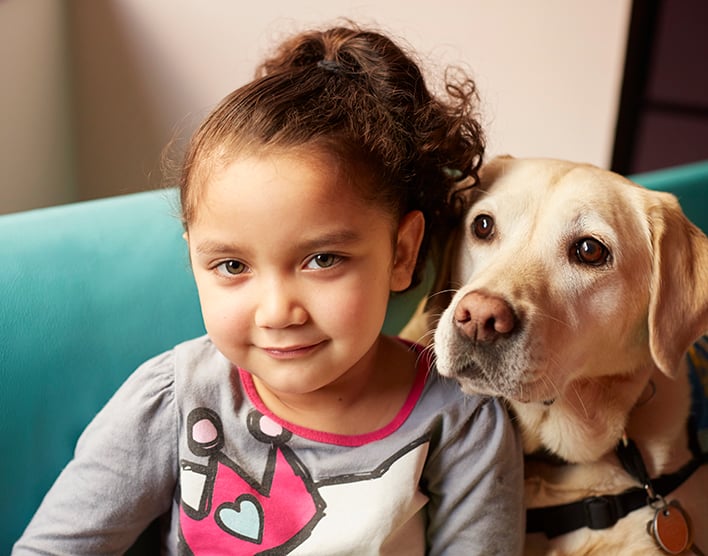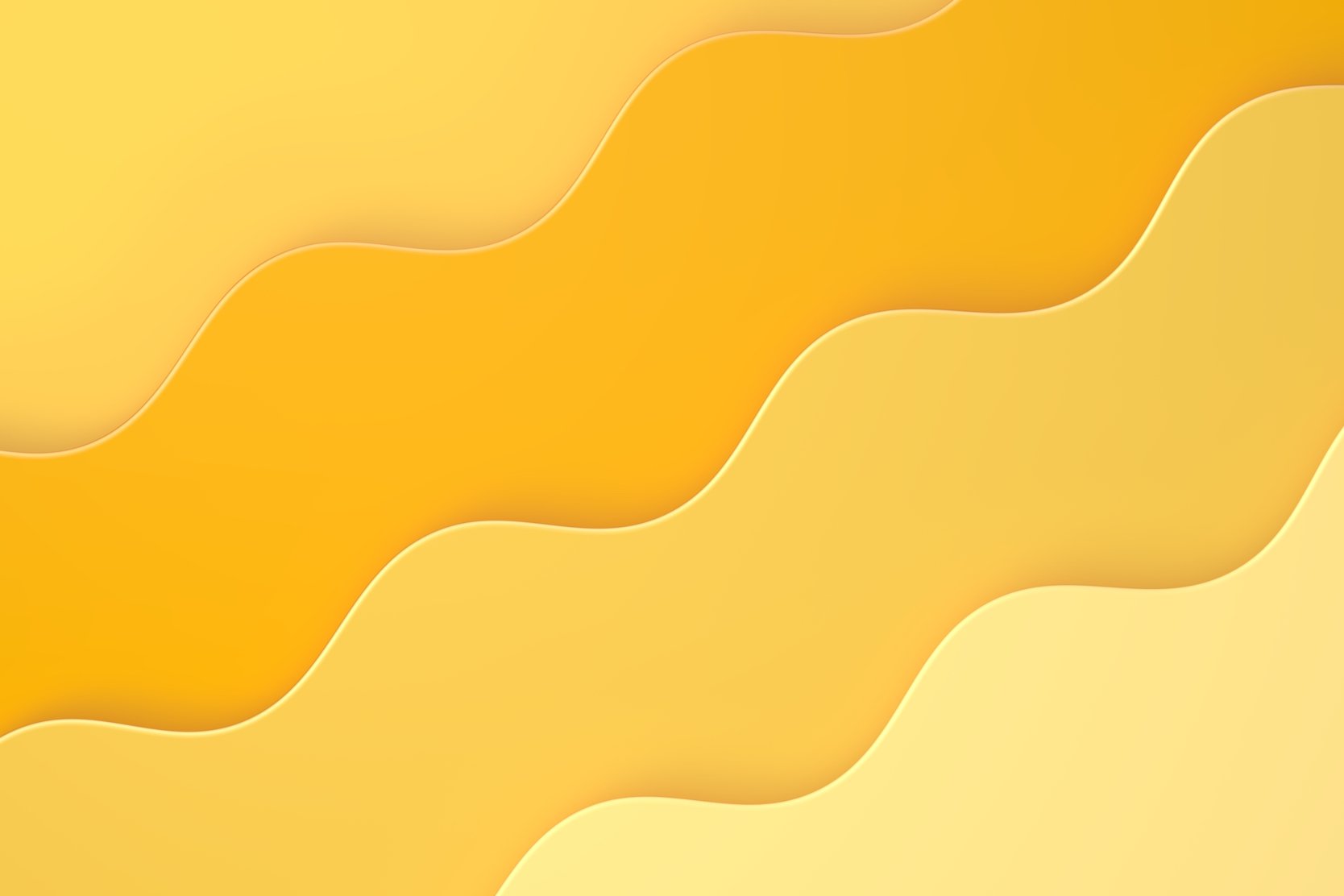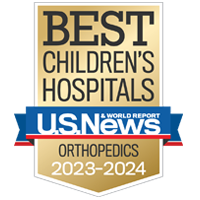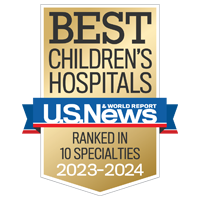Tender wagging care
Our therapy dogs spread joy and smiles at the bedside and throughout the hospital.
Visit Child Life services

Osteochondritis dissecans (OCD) is a condition that most commonly affects young athletes. It occurs when there's damage to the cartilage and bone in a joint, usually the knee or elbow. This can lead to a fragment of bone and cartilage separating from the rest of the joint. Sometimes the fragment stays in place; sometimes it breaks off and falls into the joint space, where it can cause further damage.
The underlying cause of OCD isn't fully understood, though the condition is usually associated with traumatic injury or overuse. OCD of the knee typically occurs in sports that involve hard landings, such as football, soccer and gymnastics. OCD of the elbow can result from sports with repeated overhead throwing, such as baseball, or that require repetitive weight-bearing by the arms, such as gymnastics.
Symptoms of OCD can resemble those of other overuse injuries. It often first presents as pain with activity. Because of the risk of joint damage, it's important to see a doctor promptly for diagnosis and treatment.
Our sports medicine specialists understand the needs of pediatric patients and take into account the child's growing body in diagnosing and treating orthopedic problems, such as osteochondritis dissecans. Our team's goals are to relieve discomfort and get kids back to their normal activities.

One of the nation's best in orthopedics

Ranked among the nation's best in 10 specialties
The first symptom of OCD may be joint pain, sometimes associated with a popping sensation. If the aggravating activity continues, the joint may become significantly inflamed and damaged, leading to other symptoms. These can include:
To determine whether your child has OCD, the doctor will first perform a physical exam, checking for pain along the affected joint. But imaging tests are usually needed to confirm the diagnosis. These may include:
If bone and cartilage haven't broken loose from the joint, the first-line treatment is usually nonsurgical. The plan will likely include a rest from high-impact activities that stress the joint; icing the injured area; and taking nonsteroidal anti-inflammatory drugs (NSAIDs) for pain, such as ibuprofen (Advil, Motrin). Your child may need to use crutches or wear a brace for a few weeks to reduce stress on the joint. Physical therapy may be ordered to strengthen the muscles that support the joint. During this period of rest and recovery, your child's healing progress will need to be closely monitored.
Your child may need surgery under the following circumstances:
Surgeons have a variety of procedures for repairing osteochondritis dissecans. Your child's surgeon will choose the best technique based on the size and stage of the injury, the maturity of your child's bones and other factors.
UCSF Benioff Children's Hospitals medical specialists have reviewed this information. It is for educational purposes only and is not intended to replace the advice of your child's doctor or other health care provider. We encourage you to discuss any questions or concerns you may have with your child's provider.
Tender wagging care
